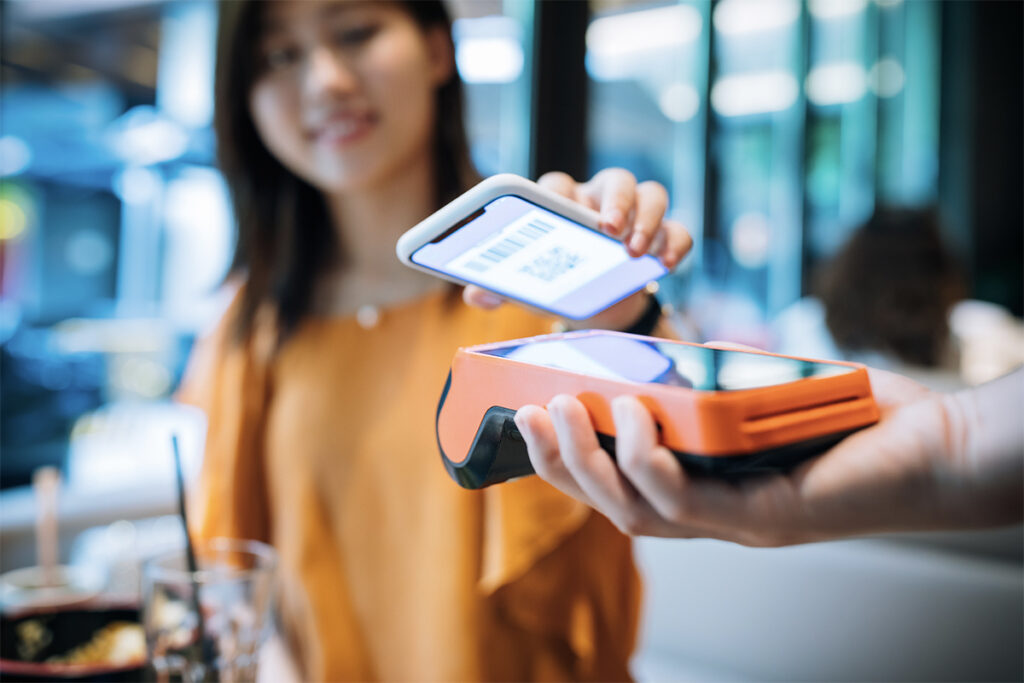
In today’s digital age, the terms “digital banking” and “mobile apps” often go hand in hand, representing the modern approach to managing finances with convenience, accessibility, and innovation. What was once considered a luxury has now become a necessity, as consumers increasingly rely on their smartphones to access banking services anytime, anywhere. But how did digital banking and mobile apps become so closely intertwined, and what does this mean for the future of banking?
What is the difference between digital banking and mobile banking apps?
At its core, digital banking refers to the use of digital technology to access and manage financial services remotely, typically through online platforms or mobile applications. Mobile apps, on the other hand, are software applications designed specifically for use on mobile devices, such as smartphones and tablets. While these two concepts may seem distinct, they have become virtually synonymous in the context of modern banking, thanks to advancements in mobile technology and changing consumer preferences.
The rise of mobile banking apps
Mobile banking apps have increased in popularity, and this has played a significant role in blurring the lines between digital banking and mobile apps. These apps allow users to perform a wide range of banking tasks, from checking account balances and transferring funds to paying bills and depositing checks- all from the palm of their hand. With intuitive interfaces, real-time updates, and enhanced security features, mobile banking apps have revolutionized the way consumers interact with their finances, making banking more convenient and accessible than ever before.

The future of banking
The integration of digital banking and mobile apps goes beyond mere convenience – it represents a fundamental shift in the way financial services are delivered and consumed. According to Forbes’ 2022 Digital Banking Survey, 78% of adults in the United States prefer to bank on their mobile app or the bank’s website, while only 29% said they prefer to bank in person. Today’s consumers expect seamless, user-friendly experiences across all aspects of their lives, including banking. As a result, banks and financial institutions are investing heavily in developing mobile banking apps that not only meet but exceed customer expectations, driving innovation and competition in the industry.
Bringing it all together
The phrases “digital banking” and “mobile banking” have become synonymous, encouraging financial institutions to offer unprecedented access to financial services on the go. As technology continues to evolve and shape the future of banking, the seamless integration of digital banking and mobile apps will play a crucial role in driving innovation, enhancing customer experiences, and shaping the future of finance.